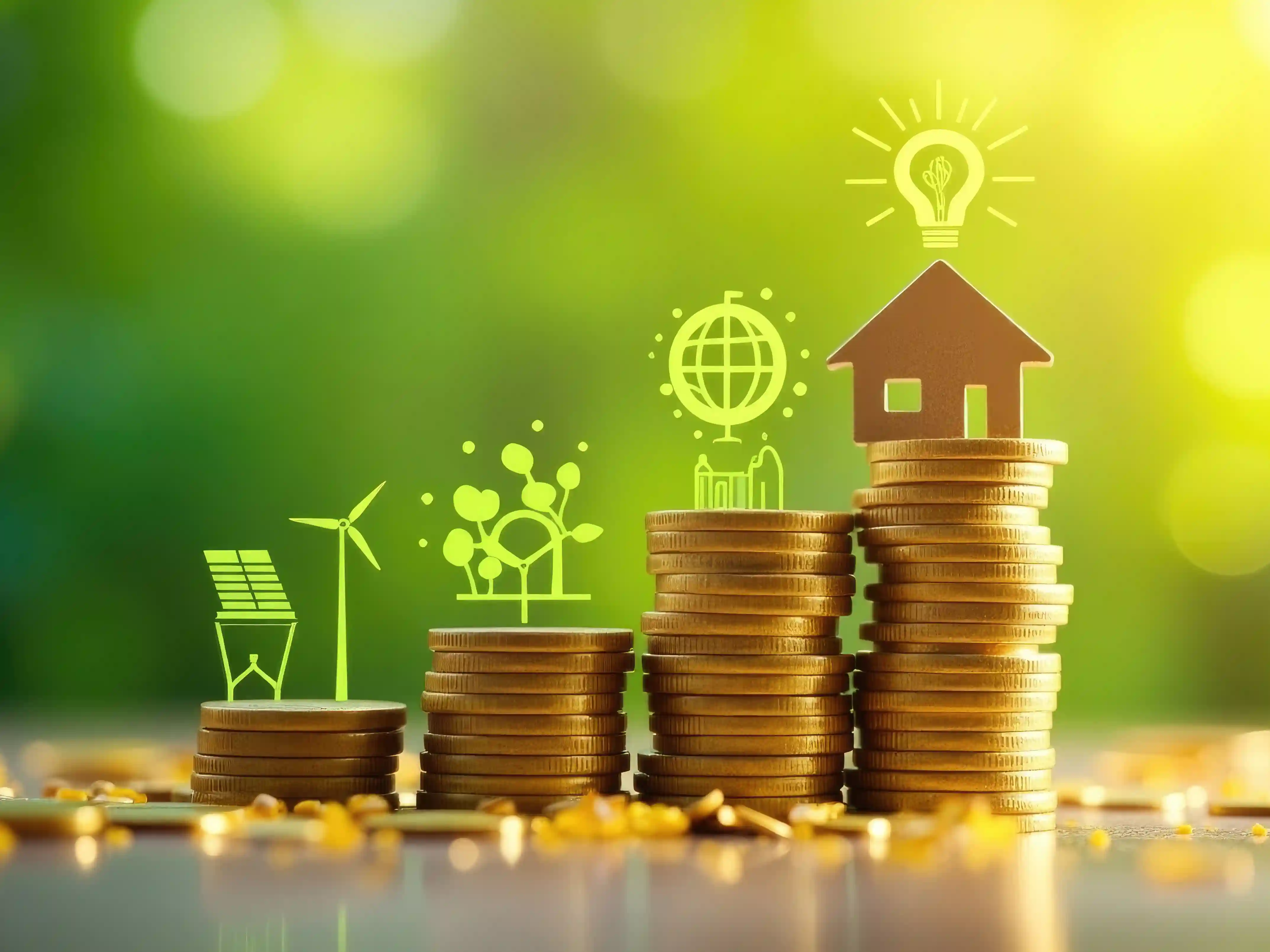22 July 2025
6 min read
Published by:

Recent tax initiatives are driving momentum in Australia’s renewable energy sector, with a raft of measures being introduced to help operators, developers and investors maximise tax efficiencies across existing and future clean energy projects.
The Future Made in Australia initiative announced as part of the 2024-25 Federal Budget encourages investment in areas such as renewable hydrogen, green metals, low-carbon fuels, critical minerals, and clean energy manufacturing. Central to this initiative are two tax measures – the Hydrogen Production Tax Incentive and the Critical Minerals Production Tax Incentive.
Both incentives were introduced in the Future Made in Australia (Production Tax Credits and Other Measures) Bill 2024, which received Royal Assent on 14 February 2025.
Another anticipated development is the proposed extension of the Clean Building Managed Investment Trust withholding tax concession to include data centres and warehouses from 1 July 2025. However, the recent 2025-26 Federal Budget deferred commencement to the first 1 January, 1 April, 1 July or 1 October following Royal Assent of the relevant bill. At the date of this article, no draft legislation has been released for these proposed changes.
Hydrogen Production Tax Incentive
The Hydrogen Production Tax Incentive (HPTI) is a refundable tax offset of $2 per kilogram of renewable hydrogen to eligible producers. It applies to income years commencing on or after 1 July 2027 but ending before 1 July 2040, subject to a maximum of 10 years.
Jointly administered by the Australian Taxation Office (ATO) and the Clean Energy Regulator (CER), the HPTI targets medium to large-scale production of renewable hydrogen in Australia. It is not to be confused with the Hydrogen Headstart Program administered by the Australian Renewable Energy Agency (ARENA), which supports large-scale renewable hydrogen projects through competitive hydrogen production contracts.
For companies that are eligible for both schemes, ARENA will proportionally reduce payments received through the Hydrogen Headstart Program to reflect any refundable tax offset received under the HPTI. This ensures the two schemes run in parallel without overlapping benefits, and that together they fast-track project delivery, promote early access to renewable hydrogen, and reduce costs by scaling production.
To qualify for the HPTI, a producer must:
An eligible producer can only claim the refundable tax offset for an income year if:
The Critical Minerals Production Tax Incentive (CMPTI) is a refundable tax offset available at 10% of the eligible expenditure for an eligible producer for income years commencing on or after 1 July 2027 but ending before 1 July 2040. This limited period applies even if the registration period for a particular CMPTI processing activity has been less than 10 years. Currently, the Australian Government has listed 31 critical minerals.
This new refundable tax offset will be in addition to:
The Industry Secretary has responsibility for the registration of CMPTI processing activities while the ATO would administer the CMPTI tax offset, which would be self-assessed by eligible producers in their income tax returns.
A producer is eligible for the CMPTI if it:
A CMPTI processing activity may be registered with the Industry Secretary if it:
Expenditure would not be eligible for the CMPTI if it is:
For income years commencing on or after 1 July 2012, a reduced withholding tax rate of 10% applies to fund payments made by Clean Building Managed Investment Trusts (MITs) to foreign investors in information exchange countries. Eligible clean buildings include office buildings, hotels, or shopping centres that meet the criteria set out below:
In the 2023-24 Federal Budget, it was proposed to expand the definition of clean buildings to include data centres and warehouses from 1 July 2025. However, this start date has since been deferred to the first 1 January, 1 April, 1 July, or 1 October following Royal Assent of the relevant legislation.
The HPTI tax offset is claimed in the relevant company’s tax return while companies seeking to claim the CMPTI must register their processing activities for the relevant income year before self-assessing the amount of the tax offset and claiming it in their tax return. Investors and operators in renewable energy are encouraged to seek structuring advice at the outset to ensure eligibility for the incentives and that their structure does not result in any leakage of the tax incentives.
If you have any questions about these recent developments or how they apply to your circumstances please contact our team below.
Disclaimer
The information in this article is of a general nature and is not intended to address the circumstances of any particular individual or entity. Although we endeavour to provide accurate and timely information, we do not guarantee that the information in this article is accurate at the date it is received or that it will continue to be accurate in the future.
Published by: